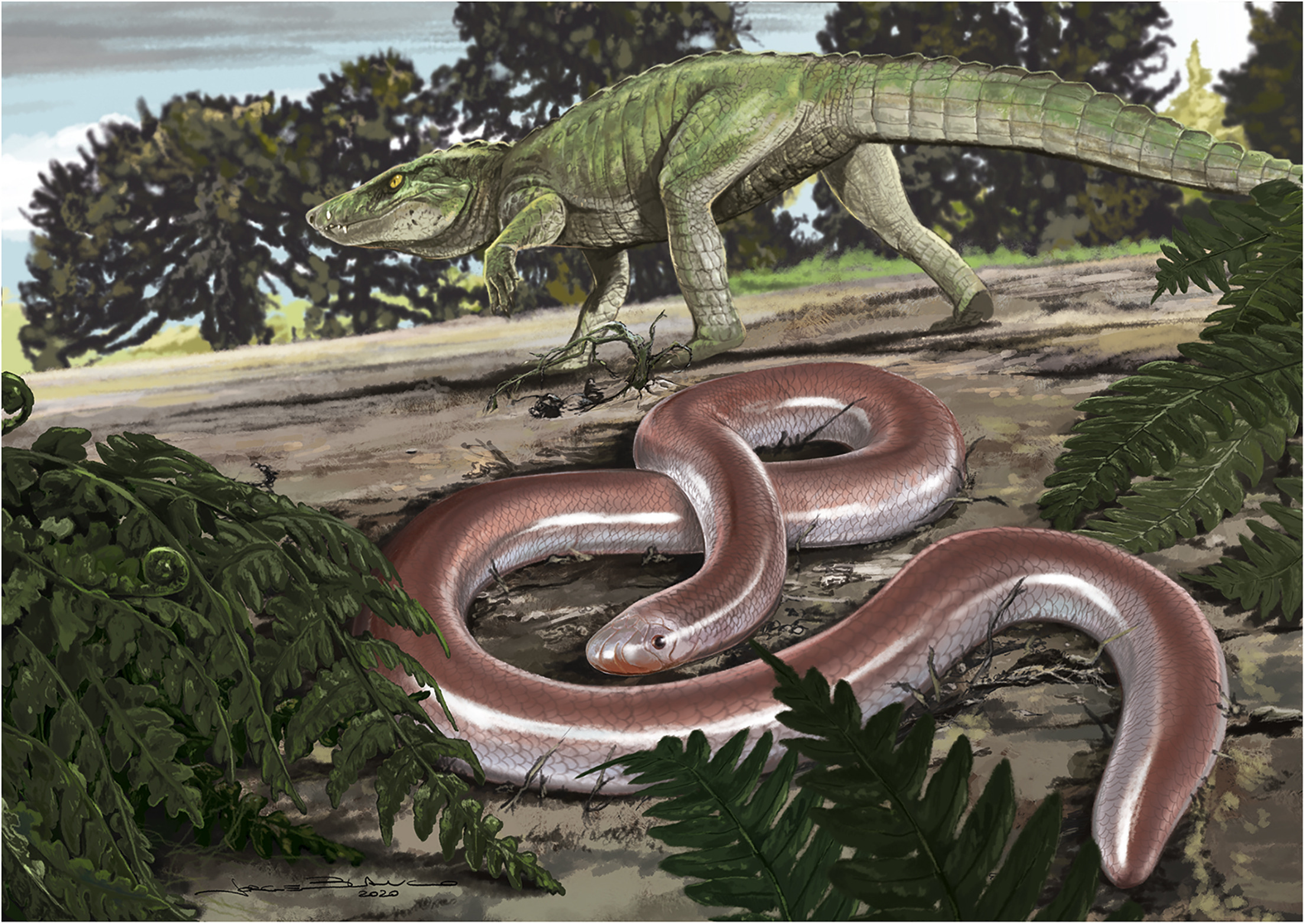|
Jucha
''Jucha'' is an extinct genus of plesiosaur found in the Hauterivian (Early Cretaceous) Klimovka Formation of Russia. The type species, ''J. squalea'', was one of the basalmost and oldest definitive elasmosaurs known to date. Discovery and naming The holotype specimen, UPM 2756/1-53, housed on display at the Undorov Pleontological Museum, was discovered in 2007 in a layer of the Klimovka Formation in the vicinity of the Slantsevy Rudnik village near Ulyanovsk, European Russia. It consists of 17 cervical vertebrae, nine dorsal vertebrae and one isolated neural spine, four caudal vertebrae, and parts of the forelimbs and hindlimbs. The new genus and species ''Jucha squalea'' was described in 2020 by Fisher et al. The genus is named after Jucha, a girl in Turkic demonology who has snake skin, can turn into a dragon, has lived for a thousand years, and can take off her head. This refers to the lack of a skull in the holotype. The holotype was preserved in a mineral crust composed ... [...More Info...] [...Related Items...] OR: [Wikipedia] [Google] [Baidu] |
2020 In Reptile Paleontology
This list of fossil reptiles described in 2020 is a list of new taxa of fossil reptiles that were binomial nomenclature, described during the year 2020, as well as other significant discoveries and events related to reptile paleontology that occurred in 2020. Lizards and snakes New taxa Research * New fossil material of squamates is described from the Upper Cretaceous Fruitland Formation, Fruitland and Kirtland Formation, Kirtland formations (New Mexico, United States) by Woolley, Smith & Sertich (2020), expanding known taxonomic and morphological diversity of lizards within the "Hunter Wash Local Fauna". * A study on the affinities of putative gekkotan eggshells from the Late Cretaceous of Europe is published by Choi ''et al.'' (2020), who interpret the fossil material of ''Pseudogeckoolithus'' as theropod eggshells. * Fossils of Tupinambinae, tupinambine Teiidae, teiids are described from the late Eocene of the Quercy Phosphorites Formation (France) by Louis & Santiago (2020 ... [...More Info...] [...Related Items...] OR: [Wikipedia] [Google] [Baidu] |
